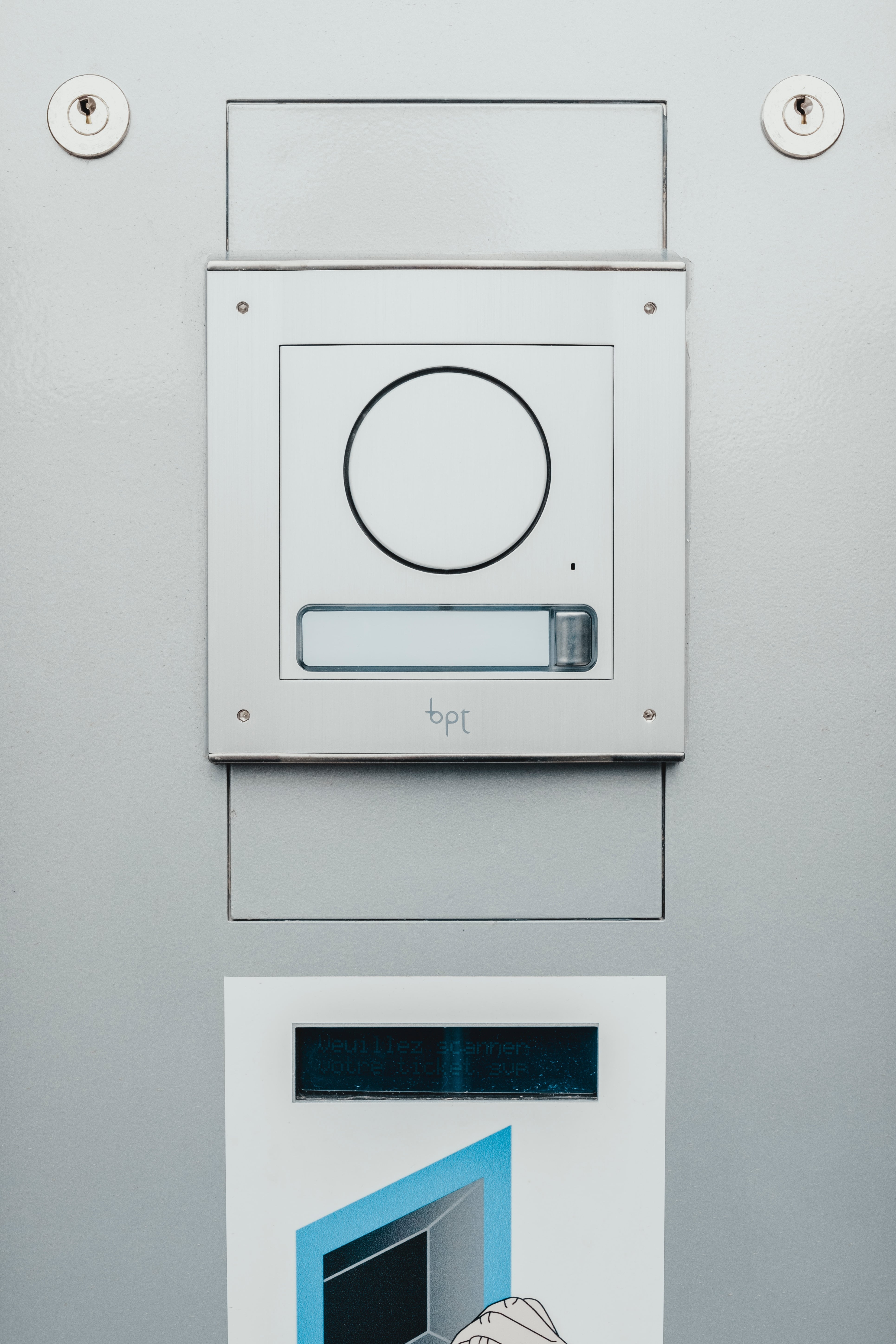
Table of Contents:
-
Understanding Entry Systems
-
Key Components of Entry Systems
-
Types of Entry Systems 3.1 Key-Based Entry Systems 3.2 Keypad Entry Systems 3.3 Card-Based Entry Systems 3.4 Biometric Entry Systems 3.5 Smartphone-Based Entry Systems
-
Considerations for Choosing an Entry System 4.1 Security Requirements 4.2 Scalability and Flexibility 4.3 User-Friendliness 4.4 Integration with Other Systems
-
Installation and Maintenance
-
Entry System Best Practices
-
Future Trends in Entry Systems
-
Conclusion
-
Understanding Entry Systems: An entry system refers to a combination of hardware and software components designed to regulate access to a specific location or facility. It typically includes mechanisms for authentication, identification, and authorization to grant or deny access to individuals.
-
Key Components of Entry Systems: Entry systems consist of several key components, including:
Access Control Panel:
The control panel is the central hub of the entry system, responsible for processing access requests and managing user credentials.
Authentication Devices:
These devices are used to verify the identity of individuals seeking entry. Examples include keypads, card readers, biometric scanners, and smartphone applications.
Locking Mechanisms:
Locking mechanisms, such as electronic locks or electromagnetic locks, are used to secure doors and control access.
Communication Infrastructure:
Entry systems rely on communication infrastructure, such as wiring or wireless networks, to transmit data between different components
Types of Entry Systems:
Entry systems come in various types, each offering unique features and benefits. Here are the most common types:
Key-Based Entry Systems:
Key-based entry systems use physical keys to grant access. While traditional, they can be prone to security breaches and lack flexibility in managing access rights.
Keypad Entry Systems:
Keypad entry systems require users to enter a code or password to gain access. They offer a higher level of security compared to key-based systems, but codes can be easily shared or forgotten.
Card-Based Entry Systems:
Card-based systems utilize access cards or key fobs containing embedded credentials. These cards are presented to card readers, which grant access based on the encoded information. They provide better security and can be easily managed and reprogrammed.
Biometric Entry Systems:
Biometric entry systems employ unique physiological or behavioural traits for authentication, such as fingerprints, iris scans, or facial recognition. They offer a high level of security and are difficult to forge.
Smartphone-Based Entry Systems:
Smartphone-based entry systems leverage mobile applications to grant access. Users can unlock doors using their smartphones, eliminating the need for physical keys or cards. They offer convenience and enhanced security through features like two-factor authentication
Considerations for Choosing an Entry System:
When selecting an entry system, several factors should be considered:
Security Requirements:
Evaluate the security needs of your facility and choose a system that provides the appropriate level of protection. High-security areas may require biometric systems, while lower-security areas may benefit from card-based systems.
Scalability and Flexibility:
Consider the future growth and changing access requirements of your facility. Choose an entry system that can easily scale and adapt to evolving needs.
User-Friendliness:
The entry system should be intuitive and easy for users to operate. Complicated systems can lead to user frustration and potential security risks.
Integration with Other Systems:
If you have existing security systems or infrastructure, ensure that the entry system can integrate seamlessly with them for efficient management and control.
Installation and Maintenance:
Proper installation and regular maintenance are crucial for the optimal performance of entry systems. Consult with professionals to ensure correct installation, and establish a maintenance schedule to address issues promptly.
Entry System Best Practices:
To maximize the effectiveness of your entry system, consider implementing these best practices:
- Regularly review and update access rights to ensure only authorized individuals have access.
- Implement multi-factor authentication for enhanced security.
- Keep entry system software and firmware up to date to address vulnerabilities.
- Regularly test the system for any weaknesses or vulnerabilities.
- Train users on proper system usage and security protocols.
Future Trends in Entry Systems:
The field of entry systems is continuously evolving. Some emerging trends include the integration of artificial intelligence for advanced threat detection, the use of blockchain technology for secure access control, and the development of contactless entry systems to address hygiene concerns.
Entry systems are vital for maintaining security and controlling access to various facilities. By understanding the different types of entry systems, considering key factors during the selection process, and implementing best practices, you can establish an effective entry system that meets your security needs. Stay informed about emerging trends to ensure your entry system remains up to date and provides the highest level of security and convenience. Contact us for a free quote and start becoming more secure.









